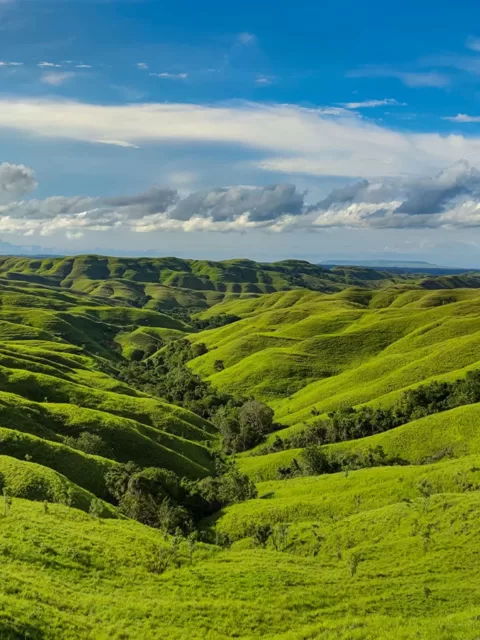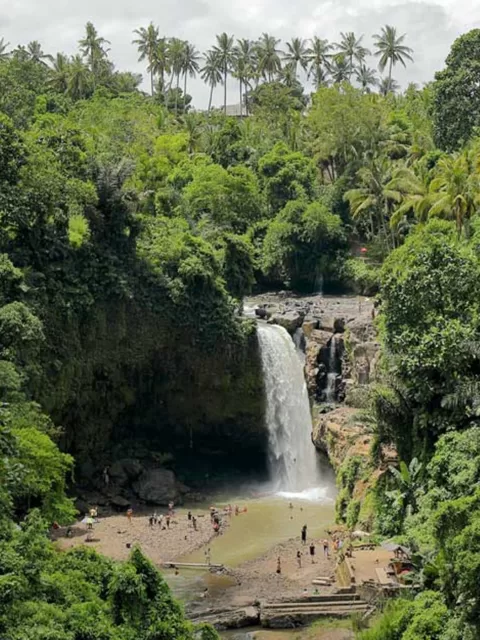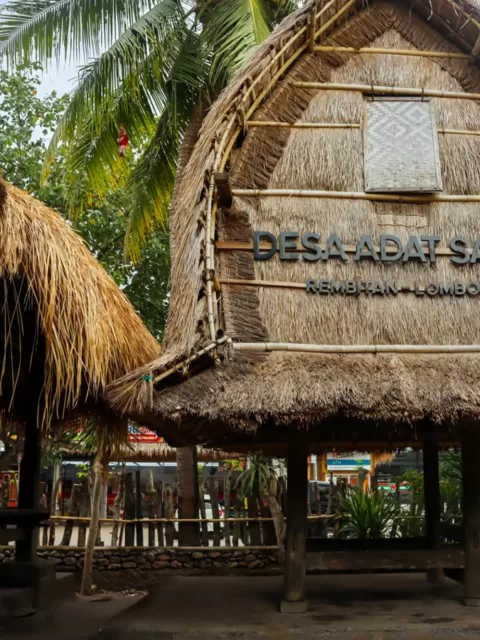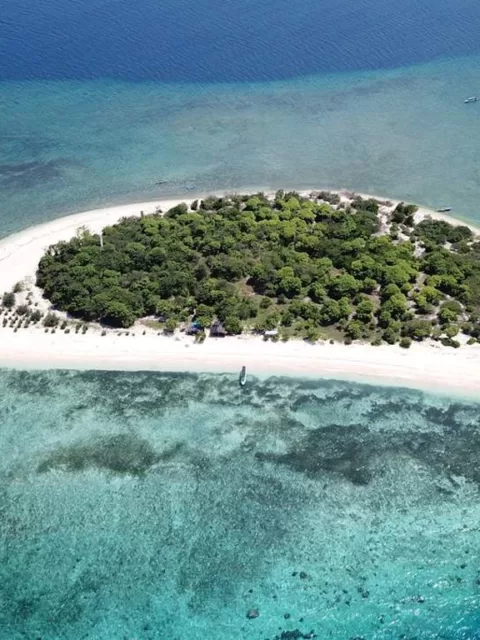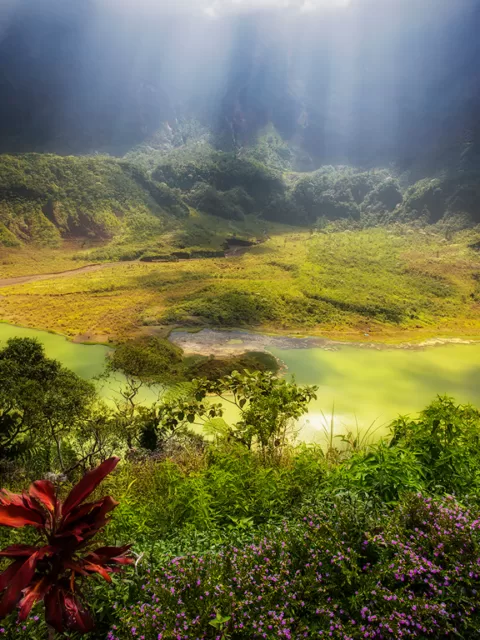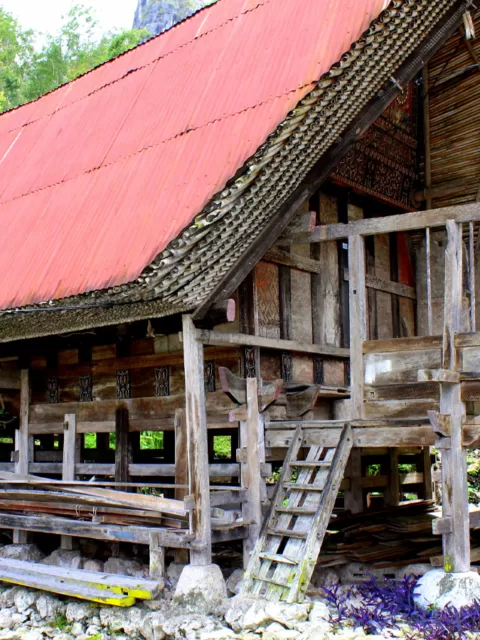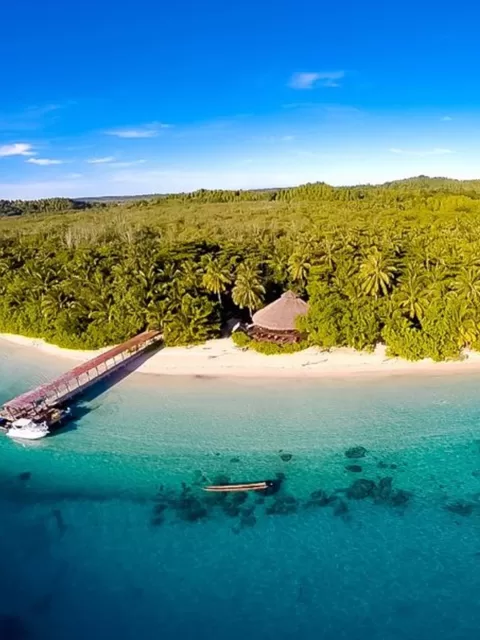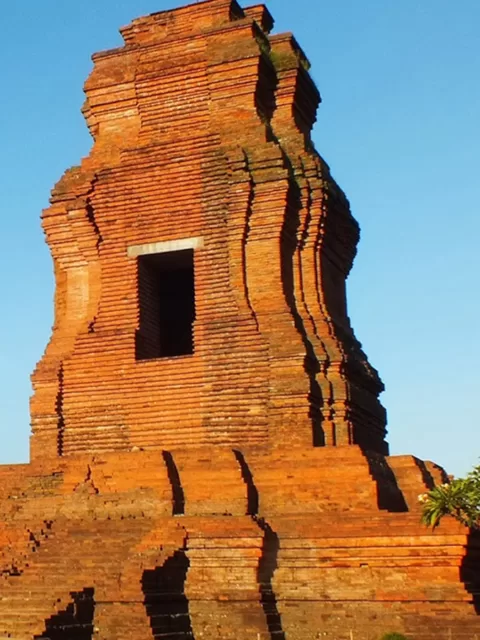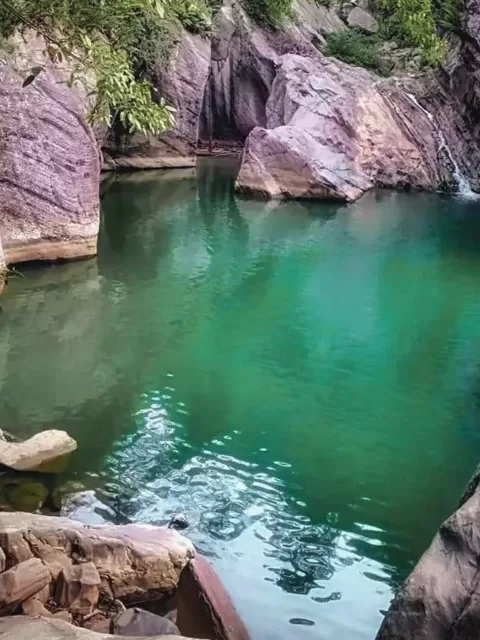Stone Garden Citatah: Discover the Ancient Megaliths of West Java
The Mystical Stone Garden Citatah
Nestled in the verdant hills of West Java, Indonesia, lies a mystical landscape known as Stone Garden Citatah. This enigmatic site is home to a vast collection of ancient megaliths, scattered across a terrain of towering boulders and weathered rock formations.
For centuries, the megaliths of Stone Garden Citatah have stood tall, silently witnessing the passage of time. Their origins and purpose remain shrouded in mystery, yet their imposing presence continues to inspire and captivate visitors from all over the world.
Stone Garden Citatah is a geological marvel, shaped by the powerful forces of nature over millions of years. The megaliths themselves are believed to have been erected by ancient civilizations, but their exact age and purpose remain unknown.
Some theories suggest that Stone Garden Citatah was a sacred site for religious ceremonies and rituals. Others believe that the megaliths may have been used for astronomical observations or as markers for burial sites.

Whatever their purpose, the megaliths of Stone Garden Citatah are a testament to the ingenuity and skill of the ancient peoples who created them. They stand as a reminder of our shared human heritage and the interconnectedness of all things.
Stone Garden Citatah’s Geological and Historical Significance
The Remarkable Landscape
Stone Garden Citatah is a truly unique and remarkable landscape. The megaliths are scattered across a terrain of towering boulders, weathered rock formations, and lush green hills.
The site is located in a geologically active region, and its formation is attributed to a combination of volcanic activity and erosion. The megaliths themselves are made of andesite, a type of volcanic rock.
Unraveling the Geological Origins of the Megaliths
The exact age of the megaliths at Stone Garden Citatah is unknown, but archaeologists believe that they may have been erected as early as 1,500 BC.
The megaliths are thought to have been created using a combination of tools and techniques, including stone carving, chiseling, and polishing. The stones were then transported to their current location and positioned using levers and rollers.
The Historical Significance and Cultural Heritage
The megaliths of Stone Garden Citatah are a significant part of the historical and cultural heritage of West Java. They are a reminder of the region’s vibrant past.
The megaliths are also a sacred site for the local Sundanese people. The Sundanese are an ethnic group native to West Java, and they have a rich history and culture.

The Enigmatic Megaliths of Stone Garden Citatah
Exploring the Diversity of Megalithic Formations
The megaliths of Stone Garden Citatah come in a variety of shapes and sizes. Some of the most common types of megaliths include:
- Menhirs: Menhirs are tall, upright stones that are often found in groups.
- Dolmens: Dolmens are table-like structures that consist of a large horizontal slab of stone supported by several smaller vertical stones.
- Stone circles: Stone circles are circular arrangements of stones.
In addition to these common types, there are also some unique and unusual megaliths at Stone Garden Citatah. For example, there is a large megalith known as the “Bathtub” due to its resemblance to a bathtub.
Theories and Interpretations Surrounding the Megaliths
The exact purpose of the megaliths in the stone garden is unknown. However, archaeologists have proposed some theories, including:
- Religious ceremonies and rituals
- Astronomical observations
- Burial sites
- Markers or boundary stones
- Meeting places
It is also possible that the megaliths served multiple purposes. For example, a particular megalith may have been used for both religious ceremonies and astronomical observations.
Indigenous Beliefs and Rituals Associated with Megaliths
The megaliths of Stone Garden Citatah are a sacred site for the local Sundanese people. The Sundanese believe that the megaliths are the homes of spirits and ancestors.
The Sundanese also perform several rituals at Stone Garden Citatah. For example, they may offer sacrifices to the spirits or pray for good fortune.
Adventures in Stone Garden Citatah
Hiking and Exploring the Megalithic Landscape
One of the best ways to experience Stone Garden Citatah is to hike through the megalithic landscape. Some trails wind their way through the site, offering visitors a chance to explore the megaliths up close and personal.
The main trail is a relatively easy walk, taking about an hour to complete. However, some more challenging trails lead to more remote areas of the site.

Unique Features and Natural Wonders
In addition to the megaliths, Stone Garden Citatah is also home to several other unique features and natural wonders. For example, there is a cave known as Gua Pawon, which is said to have been inhabited by bats in the past.
There is also a waterfall known as Curug Ciletuh, which is located a short walk from the main entrance to the site. The waterfall is a popular spot for swimming and cooling off on a hot day.
Photography and Storytelling Opportunities
Stone Garden Citatah is a photographer’s paradise. The unique landscape, with its towering boulders, weathered rock formations, and ancient megaliths, provides endless opportunities for capturing stunning images.
Visitors can also take advantage of the site’s rich history and cultural heritage to create compelling stories about their experiences at Stone Garden Citatah.
Preservation and Conservation of Megaliths
Challenges in Protecting Ancient Megalithic Sites
Megalithic sites around the world face many challenges, including:
- Vandalism
- Erosion
- Development
- Climate change
Vandalism is a major problem at many megalithic sites. Visitors may carve their names or initials into the megaliths, or they may damage them in other ways.

Erosion is another major threat to megalithic sites. Over time, the wind, rain, and sun can erode the megaliths, causing them to deteriorate.
Development can also pose a threat to megalithic sites. If development is not carefully planned, it can damage or destroy megalithic sites.
Climate change is also a growing threat to megalithic sites. Climate change can lead to more extreme weather events, such as storms and floods, which can damage megalithic sites.
Conservation Efforts and Community Involvement
There are some conservation efforts underway to protect megalithic sites around the world. These efforts include:
- Educating the public about the importance of megalithic sites
- Raising awareness of the threats facing megalithic sites
- Working with local communities to develop conservation plans
- Implementing protective measures at megalithic sites
Community involvement is essential for the successful conservation of megalithic sites. Local communities can help to protect megalithic sites by reporting vandalism, monitoring the condition of the sites, and participating in conservation efforts.
Balancing Tourism with Preservation
Tourism can be a double-edged sword for megalithic sites. On the one hand, tourism can generate revenue that can be used to protect and conserve the sites. On the other hand, tourism can also damage the sites and disrupt the local community.
It is important to balance tourism with preservation at megalithic sites. This can be done by implementing measures such as:
- Limiting the number of visitors allowed at the sites
- Charging admission fees to generate revenue for conservation efforts
- Educating visitors about the importance of respecting the sites
- Working with local communities to develop tourism plans that benefit the community
Practical Information for Visitors
How to Reach Stone Garden Citatah
Stone Garden is located in the village of Citatah, about 30 kilometers north of Bandung, the capital of West Java. The easiest way to reach Stone Garden Citatah is by car or taxi. Some tour operators offer day trips to Stone Garden Citatah from Bandung.
Admission Fees, Opening Hours, and Guided Tours
The entrance fee to Stone Garden Citatah is IDR 150,000 for adults and IDR 75,000 for children. The site is open to visitors from 8:00 AM to 4:00 PM daily. Guided tours are available for a fee.
Tips for a Memorable and Respectful Visit
Here are a few tips for a memorable and respectful visit to Stone Garden Citatah:
- Wear comfortable shoes and clothing, as the terrain can be uneven and slippery.
- Bring water and snacks, as there are no food or beverage vendors on site.
- Be respectful of the megaliths and the surrounding environment.
- Be aware of your surroundings and follow the instructions of park rangers.
- Do not climb on the megaliths or damage them in any way.
- Be mindful of your noise levels, as the site is a sacred place for the local people.
- Dispose of your trash properly.

Final Thoughts
Stone Garden Citatah is a truly unique and remarkable place. The megaliths are a testament to the ingenuity and skill of the ancient peoples who created them.
It is also a place of great beauty and natural wonder. The landscape is breathtaking, and the site is home to a variety of unique features, such as caves, waterfalls, and rock formations.
Other notable megalithic sites in West Java include:
- Gunung Padang: Gunung Padang is a massive megalithic complex that is believed to be the oldest megalithic site in Indonesia.
- Cipari Village: Cipari Village is home to several megalithic structures, including menhirs, dolmens, and stone circles.
- Kawah Rengganis: Kawah Rengganis is a volcanic crater that is home to several megalithic structures, including menhirs, dolmens, and stone circles.




